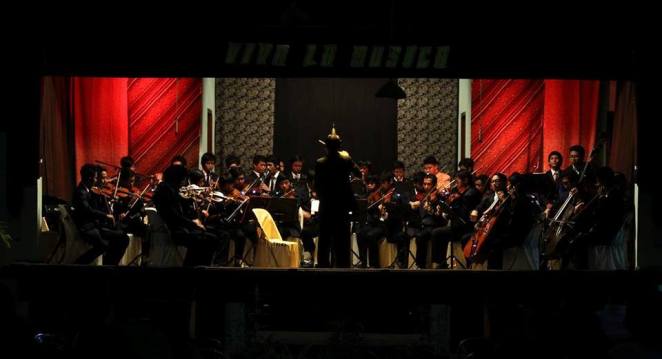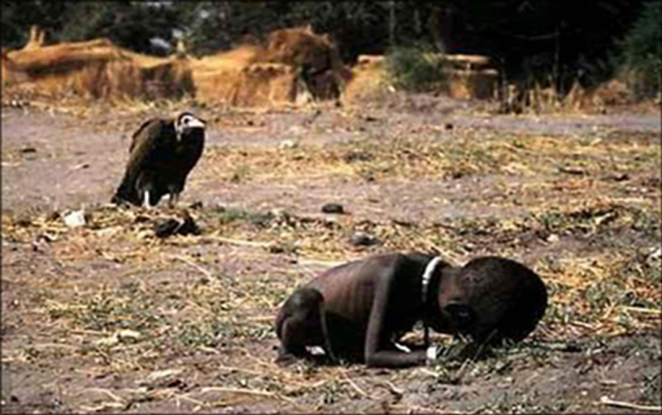Have you ever dream about winning something big? In this case you will find this one quite a story. In Australia early December there is a volleyball competition and it’s called The Australian Volleyball School Cup or simply known as the AVSC. Ever year teams around Australia and even Asia comes to Australia to compete in the big event. The competition is prestigious in fact it’s one the biggest competition in the southern hemisphere.
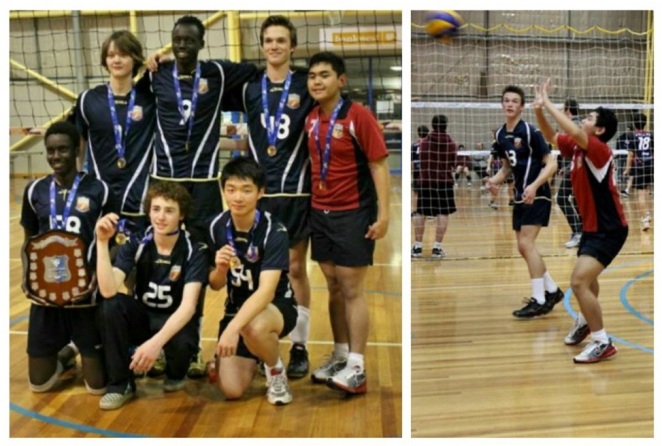
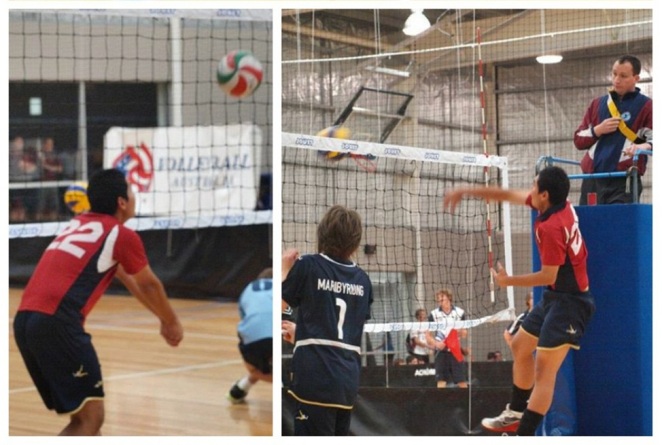 December 3rd 2012 in Melbourne Sport Aquatic Center or MSAC the opening ceremony for the AVSC begins. The opening ceremony introduce teams that are competing for this year tournament including giving awards for schools that have been competing in the tournament over 20-30 years. There were 432 teams mentioned in the opening ceremony that year. My school Maribyrnong Secondary College competed in the grandest stage; it was the fourth national competition for the school and also my fourth as well including my last national competition I will ever compete in. My team is ambitious to win gold and the school is searching to be in the spot of top 10 teams in the AVSC ranks. After the opening ceremony of AVSC the school volleyball team had a meeting giving us an insight of what division we’re playing and what are the expectation for this year national. On Monday the fourth December 2012 the first tournament started my teams are playing in the open boys division one, our first match starts at 9 in the morning up at MSAC against Melbourne High, we’ve played them in the Vic state before and we are pump up to win this one. We started slow, but in the middle of the game we played well and win points. In the end we took the first set (25-23), in the second set we started slow again but this time more rallies are played. In the end we finished the game with 2 sets to none with the score of (25-23) and (27-25).
December 3rd 2012 in Melbourne Sport Aquatic Center or MSAC the opening ceremony for the AVSC begins. The opening ceremony introduce teams that are competing for this year tournament including giving awards for schools that have been competing in the tournament over 20-30 years. There were 432 teams mentioned in the opening ceremony that year. My school Maribyrnong Secondary College competed in the grandest stage; it was the fourth national competition for the school and also my fourth as well including my last national competition I will ever compete in. My team is ambitious to win gold and the school is searching to be in the spot of top 10 teams in the AVSC ranks. After the opening ceremony of AVSC the school volleyball team had a meeting giving us an insight of what division we’re playing and what are the expectation for this year national. On Monday the fourth December 2012 the first tournament started my teams are playing in the open boys division one, our first match starts at 9 in the morning up at MSAC against Melbourne High, we’ve played them in the Vic state before and we are pump up to win this one. We started slow, but in the middle of the game we played well and win points. In the end we took the first set (25-23), in the second set we started slow again but this time more rallies are played. In the end we finished the game with 2 sets to none with the score of (25-23) and (27-25).
I was satisfied with the first win and then we went on to play the second match in the same court after the first match. We faced against Brighton College it was easy and my team were quite surprised for the win, Brighton has been one the best team in the national of all time and to beat them was like winning the national. We ended the day and the second match with the score of 2 sets to none (25-18) and (25-15). The next day we faced Santa Maria College again we won the game of the score of (25-17) and (25-16), next we played against Kilo High college the match ended with us taking the game of the score of (25-21) and (25-22). The next day we moved venue to State Volleyball Center in Dandenong where our fifth match we played against St. Bernard’s College. St Bernard’s has been our rival ever since we started volleyball and we are so pump to beat the hell out of them. This match started with long rallies and took quite a long time; unfortunately we lost the first set with the score (29- 31). The second set was like the first and we lost with a different score (25-27). We were quite disappointed but we got through to the quarterfinals with us coming second in the group stage so we were happy at least.
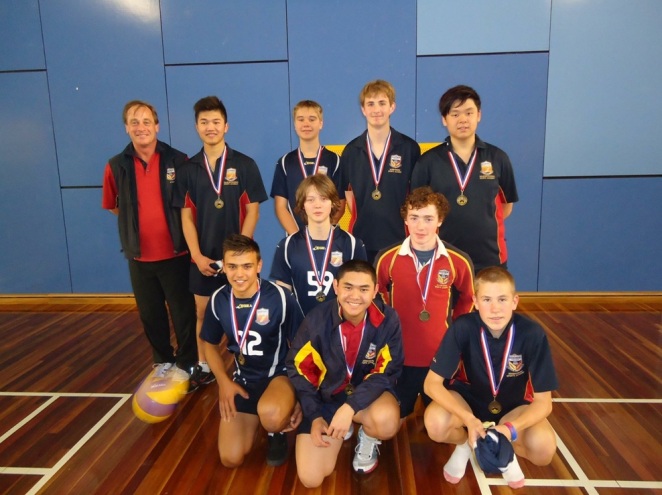 The Quarter finals started the next day in the same venue at 1 in the afternoon, we were up against Adelaide High it was a tight match and we won the game with the score of 2 sets to none (25-23) and (28-26). So my team was through to the semifinals, before we go home my coach called the team for a meeting, we had a talked of the team performance and many more. As we all knew that this talked would come and we also knew that this was also the time for good comments and compliment. My coach Mr. Dolan review us on the previous game and point out the mistakes and the improvement of each individual, but he was quite pleased with the teams performance in this year nationals because this was far the best performance we have ever played and also was the furthers we have ever been. As the talked finished we all waited for the fixture where we would play and whom are we facing tomorrow. Around 4 late in the afternoon we found out our fixture, we are playing against Brisbane high. We were excited and we are hoping to win this game but we were also nervous.
The Quarter finals started the next day in the same venue at 1 in the afternoon, we were up against Adelaide High it was a tight match and we won the game with the score of 2 sets to none (25-23) and (28-26). So my team was through to the semifinals, before we go home my coach called the team for a meeting, we had a talked of the team performance and many more. As we all knew that this talked would come and we also knew that this was also the time for good comments and compliment. My coach Mr. Dolan review us on the previous game and point out the mistakes and the improvement of each individual, but he was quite pleased with the teams performance in this year nationals because this was far the best performance we have ever played and also was the furthers we have ever been. As the talked finished we all waited for the fixture where we would play and whom are we facing tomorrow. Around 4 late in the afternoon we found out our fixture, we are playing against Brisbane high. We were excited and we are hoping to win this game but we were also nervous.
As we all got home I went to my back yard and got my weight on and start building myself up, I wanted to be strong and pump up during the semi. Although my coach would want me to rest for tomorrow but I was excited so I trained for the rest of the day. At night I was tired from training but I couldn’t sleep I was thinking about the semis too much but I got my sleep. The next day the semi started, it was 3 in the late afternoon as usual the same tactics is use and the same team members in the starting line up and that included me. The game started with us having the first serve for the game, the first set was quite a long one and the match was intense. So far I’ve been playing well as a passer hitter and I’ve not been bench yet. During the middle of the game my team was struggling with the defense, a lot of error was made but still long way to go. Somehow I had to switch position from passer hitter to become a setter, this time things when well we started to get back in the game unfortunately the backcourt defense was terrible, they’re struggling from the hitters of the opposition team. So my coach told me to keep switching position, alternating from passer hitter to setter, in the end we took the set with the score of (35-33). The next set we didn’t make any changes but it was the mistake my team struggled a lot during the second set due to our poor defense and a lot of errors on the pass. We lost the second set with the score of (16-25). The third final set we changed tactics and position I was asked to play as a libero (Backcourt specialize defensive player). This time things went better for the team with the change of tactics and position we controlled the third set, moment were created and lots of good saves being performed. It was great; I was on fire during the third set I dived for low hard drive from the opposition hitters, the defense are solid nothing pass through and the game ended with my team winning the game with the score of (35-33), (16-25) and (15-0).
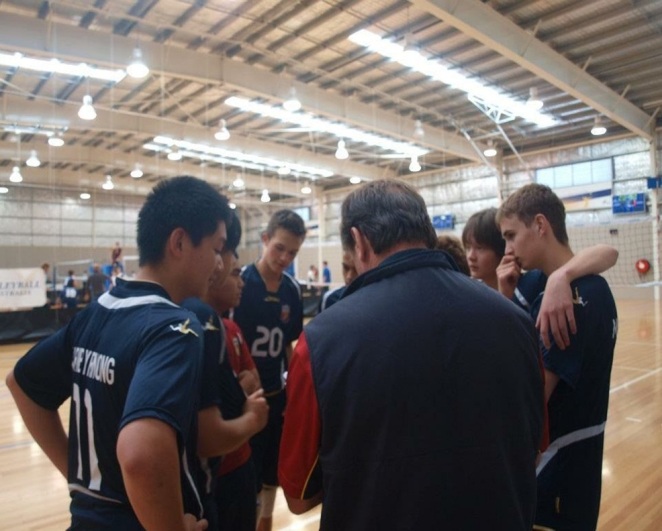 The next day the grand final, we were surprised to meet with St. Bernard’s college. Obviously we were sick of them but we started the match anyway but using the last tactics, again I had to play as a libero. This time things went better even though the match was tight and intense surprisingly we took the set with the score of (33-31). Second set was not so good; a lot of mistakes were made in the frontcourt. Our hitters keep hitting out and the opposition blocked a lot of our spikes, so the second set ended with us losing the score of (27-29). Third final set of the match it was all nervousness in the air we knew if we lost we would loose. Third set starts same tactics this time long rallies are played both teams did not give up but spikes coming in from both teams are not finding the floor. So the game went on and on, each point was meaningful but my team got through but match was still on and tight. The backcourt was doing well but not enough I had to control my teammates and tell them what to do. The third set gone for hours, both teams we’re fatigued. Coming up towards the last point of the game I suddenly got a cramped in my leg so I had to be replaced, I thought this was a fatal point and it will affect the course throughout the last to points of the game. Luckily my team held on and won the last to points, as our hitter hit the ball to the opposition side of the court, we won. We won the match the whole team was happy, they all celebrated including the junior and other senior team. I didn’t celebrate though because I had to be in the first aid room getting treatment for my cramped.
The next day the grand final, we were surprised to meet with St. Bernard’s college. Obviously we were sick of them but we started the match anyway but using the last tactics, again I had to play as a libero. This time things went better even though the match was tight and intense surprisingly we took the set with the score of (33-31). Second set was not so good; a lot of mistakes were made in the frontcourt. Our hitters keep hitting out and the opposition blocked a lot of our spikes, so the second set ended with us losing the score of (27-29). Third final set of the match it was all nervousness in the air we knew if we lost we would loose. Third set starts same tactics this time long rallies are played both teams did not give up but spikes coming in from both teams are not finding the floor. So the game went on and on, each point was meaningful but my team got through but match was still on and tight. The backcourt was doing well but not enough I had to control my teammates and tell them what to do. The third set gone for hours, both teams we’re fatigued. Coming up towards the last point of the game I suddenly got a cramped in my leg so I had to be replaced, I thought this was a fatal point and it will affect the course throughout the last to points of the game. Luckily my team held on and won the last to points, as our hitter hit the ball to the opposition side of the court, we won. We won the match the whole team was happy, they all celebrated including the junior and other senior team. I didn’t celebrate though because I had to be in the first aid room getting treatment for my cramped.
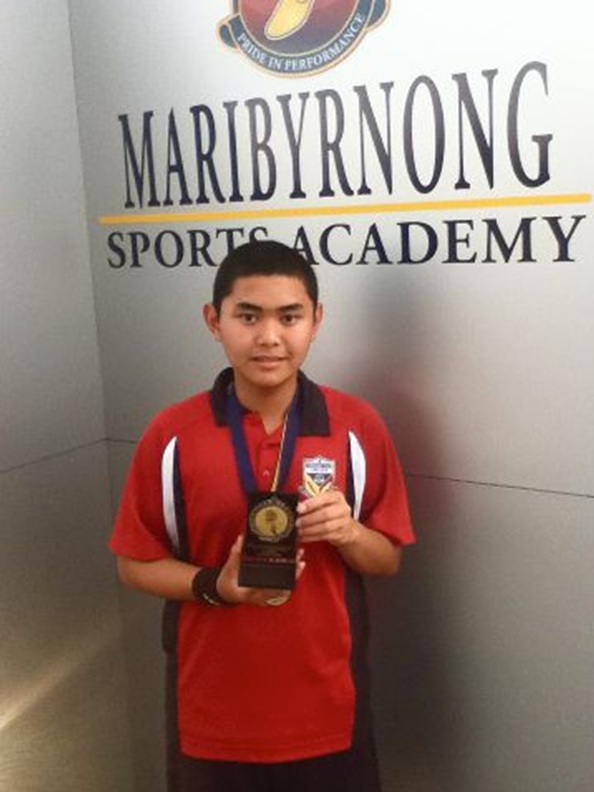
After my treatment I joined my team in the closing ceremony waiting for the announcement for the winner of the open boys division one. As my team was called and we all went up the stage to receive our medals, I was happy we won the open boys division one of the grandest stage of the biggest competition in the southern hemisphere. As I receive the medal I saw the crowd around 432 team watching me up on stage, then the official announce the MVP winner of the open boys division one. My named was mentioned I was surprised and happy. I was shocked as my teammates pat me in the back I limped my way to get my MVP trophy, then the official asked me question and I also had to make a speech. I was nervous but I made my speech a round of a applause from the crowd and I was the happiest person ever. It all ended well for me my last national, my first gold for national, my first MVP for national, and my last volleyball game. Things couldn’t be better for me. As I got home I was tired but it was good day and a great competition. It was a shame that it was my last national, but at least I get to have an opportunity to played and won gold.
By: Mohamad Anugerah Ramadhan


